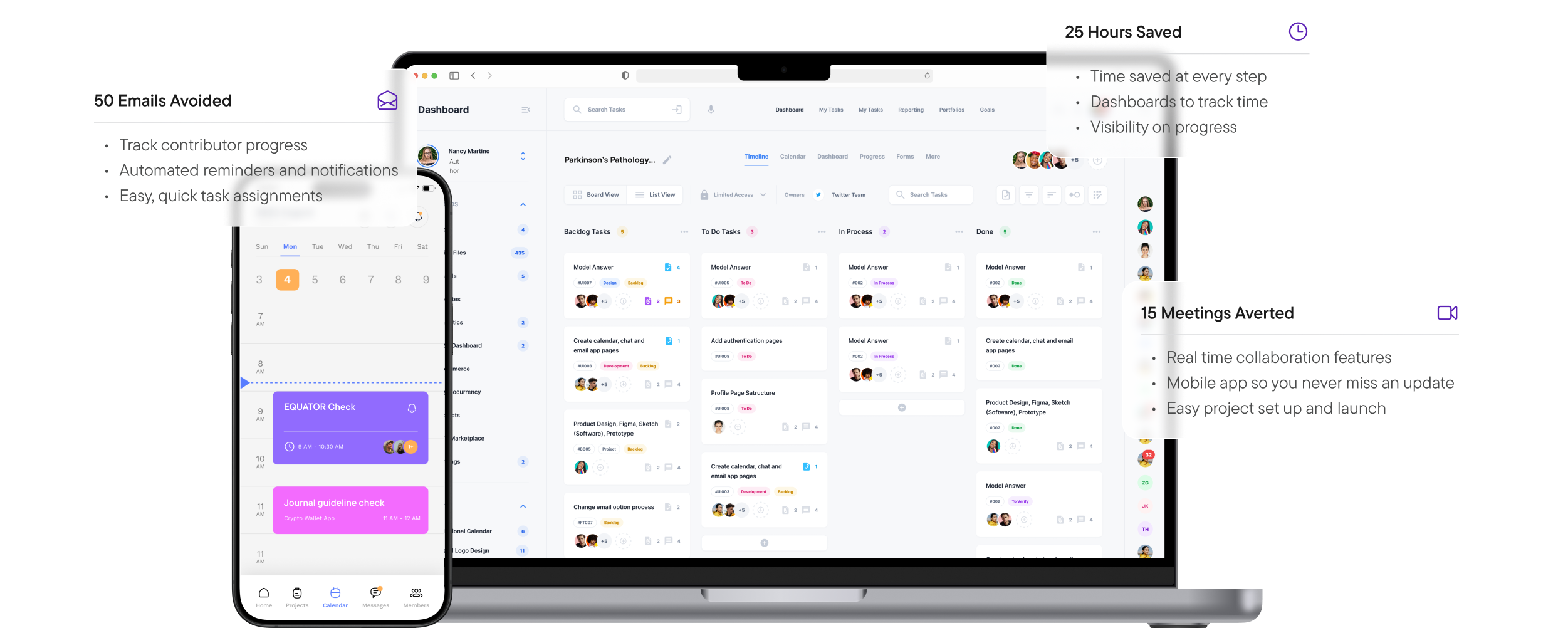
A New Era of Neuroscience
Manuscript Development
The only platform designed for neuroscientists to manage research manuscript development projects.
Unique Features
Streamlined Project Management for Neuroscience Manuscripts
Explore features that streamline collaboration, support key decisions, and promote best practice.
Key Decision Tracker
Stay focused – Log, track, and review critical decisions and their rationale, ensuring alignment and clarity throughout the project lifecycle.

Journal Decision Management
Get aligned quickly – Manage journal selection and publication decisions, ensuring stakeholder agreement and smooth progress throughout the (re)submission process.

Author Information Management
No more manual collection - Streamline the collection and organization of author information, ensuring accuracy and compliance.

EQUATOR Checklists
Never miss a guideline – Incorporate the right reporting guidelines into your manuscript development workflow.

Manuscript Task Management
Visibility on who is doing what - Prioritize tasks, manage dependencies, and ensure that critical steps are completed in the correct order for smooth project progression.

Manuscript Health Metrics
Identify problems before they happen – Real-time insights into progress help you identify project risks, ensuring timely intervention.

Manuscript Workspaces
All your projects in one place – Seamlessly manage multiple projects with different members.

Framework
Optimized Manuscript Development Framework
Expertly designed to simplify complex manuscript development into a smooth and intuitive workflow.
Overview
Author Information Gathering
1. Author Information Collection
- Gather detailed contact information for all co-authors, including affiliations and ORCID IDs.
- Use a standardized form to ensure completion of required fields (e.g., names, initials, research field, ORCID, affiliations, contact information, academic positions, keywords).
- Optional fields may include mobile number, LinkedIn handle, X handle, profile photo, society memberships, etc.
2. Managing COI (Conflict of Interest) and Funding Disclosures
- Collect COI declarations from each author according to ICMJE standards.
- Securely store COI documentation and provide reminders to keep it updated.
- Gather details of all funding sources, documenting the role of funders for disclosure in the manuscript and submission system.
- Confirm additional requirements from funders, such as open-access stipulations.
Data & Story Development
1. Data Collection
- Gather and document relevant data from various sources.
2. Data Processing
- Clean, organize, and transform the data for analysis.
3. Data Selection
- Choose data that aligns with research objectives.
4. Data Quality Check
- Ensure data accuracy, reliability, and consistency.
5. Data Relevance
- Evaluate the data's contribution to research goals and discard irrelevant data.
6. Data Visualization
- Create and refine charts or graphs for clear representation.
7. Story Alignment
- Align data with the publication narrative and finalize key messages.
Authorship
1. Identify Authors
- Assess the data and findings to determine potential authors based on contributions.
- Follow ICMJE criteria to ensure all significant contributors are included.
2. Assigning Author Contributions
- Use the CRediT taxonomy to categorize contributions (e.g., conceptualization, writing, analysis).
- Ensure agreement on contributions among all stakeholders.
- Follow ICMJE criteria to confirm authorship, including substantial contributions and accountability.
- Justify and agree on the author order, considering contributions and roles.
3. Author Approval and Consensus
- Share and document authorship details with all involved.
- Address concerns and reach consensus.
- Save this information for manuscript submission.
Project Information Gathering
1. Ethical Documents
- Collect ethical approval documentation from relevant review boards or ethics committees.
- Gather informed consent records from participants, ensuring proper archival and accessibility for audits.
2. Data Availability Statement
- Write a statement detailing how and where supporting data can be accessed post-publication.
- Ensure the statement complies with journal guidelines for data transparency, including repository information and accession numbers if applicable.
Journal Selection
1. Initial Research
- Identify potential journals using databases and gather key information.
2. Evaluate Metrics
- Check the journal’s impact factor, ranking, and submission requirements.
3. Review Process
- Assess review times, acceptance rates, and special requirements.
4. Relevance
- Ensure the journal publishes content related to your manuscript.
5. Gather Information
- Collect contact details and rank journals by preference.
6. Decision Making
- Compare journals and finalize your top choice, with backups.
7. Exemplar Publications
- Analyze similar papers for guidance on writing and formatting.
8. Optional Pre-submission Inquiry
- Contact editors to gauge interest.
Manuscript Development
1. Review Key Messages
- Summarize key findings and gather relevant references and data.
2. Develop Outline
- Create an outline for each manuscript section (Introduction, Methods, Results, Discussion) and get feedback from co-authors.
3. Write Manuscript
- Write each section based on research guidelines, summarize findings in the abstract, and check for self-plagiarism.
4. Collaboration
- Share the draft with co-authors for feedback and incorporate suggestions.
5. Ensure Compliance
- Check the manuscript follows the journal’s guidelines.
6. Prepare Documents
- Write a cover letter and prepare any additional materials for submission.
Manuscript Citation Update
1. Review Citations
- Check existing citations for relevance and update outdated ones.
2. Literature Search
- Find new, relevant studies using databases like PubMed or Google Scholar.
3. Update References
- Add new citations, remove outdated ones, and ensure proper formatting.
4. Manage Citations
- Allow authors to review citations and conduct a final check for accuracy.
Final Review
1. Final Manuscript Review
- Authors review and approve the manuscript, ensuring it's ready for submission.
2. Internal Peer Review (if required)
- Senior researchers provide feedback and suggest revisions.
3. Authorship Agreement
- Authors confirm approval and accountability for the manuscript.
Submission
1. Submission Checklist
- Set up a profile, review journal guidelines, and gather required documents.
2. Organize Submission Package
- Finalize the manuscript, compile supporting files, and prepare additional information (e.g., recommended reviewers, author bio).
3. Recommended Reviewers
- Choose relevant reviewers and avoid conflicts of interest.
4. Submission & Tracking
- Upload documents, confirm submission, and track progress.
Optimize
Easy Author
Collaboration
and
Contribution Management
Centralized tools to track and quantify author contributions, meeting best practice authorship guidelines.

Contributor Role Taxonomy (CRediT)

International Committee of Medical Journal Editors

Features
Project Mangement Features Redesigned for Researchers
Gain full visibility into your projects with tools designed to track progress, improve oversight, and keep you on schedule.

Audit Logs and Activity Tracking
Maintain a detailed record of all actions for full transparency, accountability, and easy tracking of project activity.

Notifications and Alerts
Receive real-time updates via platform, email, or SMS to stay on top of deadlines and changes.

Comments and Mentions
Streamline communication with comments and mentions to keep the right team members involved.

Charts and Graphs
Use customizable charts, like Gantt charts, to track progress, manage tasks, and meet project milestones.

Calendars
Track deadlines and milestones with synced calendars to keep contributors aligned and on schedule.

User Management
Effortlessly manage user roles, permissions, and access with ease, ensuring full control and security across your platform.

Customizable Dashboards
Tailor your dashboard to focus on the most relevant metrics and tools for your research.
Integrations
Keep Using the Tools You Love
Seamless integration with your favorite tools for easy project management and collaboration.

Microsoft Word
The Heart of Our Integrations
Integrating with your preferred word processing tool, AcademIQ enables seamless collaboration and manuscript management while leveraging its advanced features for manuscript development support.

Realtime collaboration

AI grammar correction for academic papers

Manuscript version control

AI and plagiarism checker

Realtime sync with platform

Consistency checker
Optimize
Effortlessly Collaborate with Busy Colleagues
Seamlessly collaborate with your busy colleagues, no matter their location, role, or department. Effortlessly connect across time zones and functions to maximize productivity and streamline communication, ensuring everyone stays in sync and on target.
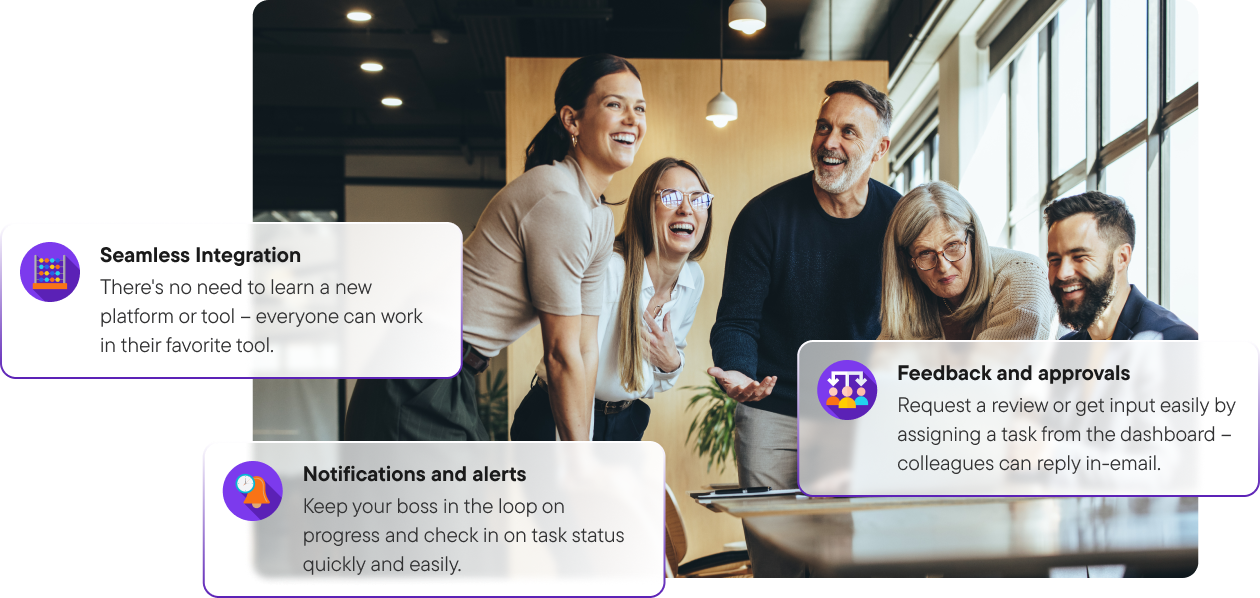

Seamless Integration
There's no need to learn a new platform or tool – everyone can work in their favorite tool
Notifications and alerts
Keep your boss in the loop on progress and check in on task status quickly and easily
Feedback and approvals
Request a review or get input easily by assigning a task from the dashboard – colleagues can reply in-email.
Teams
Expert Support
Available at Every Step
AcademIQ connects researchers with expert professionals directly within the platform, allowing for comprehensive support throughout the manuscript development process.

Research Consultant
Dr. Olivia Reed
Cognitive Neuroscience

Research Consultant
Dr. Aiden Brooks
Molecular Neuroscience

Medical Writer
Dr. John Sullivan
Neurochemistry

Research Consultant
Dr. Liam Hudson
Neuroimaging

Research Consultant
Dr. Sophia Bennett
Computational Neuroscience

Editorial Partner
Dr. Ethan Carter
Behavioral Neuroscience
Trusted by
Trusted by1600+ Leading Journals and Universities
Trusted by over 1600 leading journals, universities, and societies, we offer expert support and services to ensure your research is published with confidence and credibility.


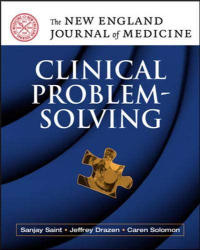
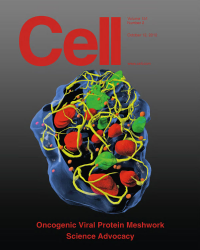
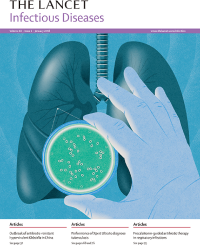
























Teams
Meet Our Chief Neuroscientist
Dr. James Graham
PhD Neuroscience
Chief Scientist at AcademIQ
Meet James, our Chief Neuroscientist (molecular neuroscience and degenerative diseases expert): he has more than twenty years experience as a researcher, medical writer and project manager. He has overseen the development of more than 70 publications working with authors from all around the world. In designing our project management platform, James codified and streamlined the entire process, from research planning to publication. Discover how our platform can transform your workflow.
5
"AcademIQ transformed my manuscript into a polished gem, enhancing the clarity and flow of my writing. The platform was intuitive, professional, and helped me stay on track. I highly recommend their services for anyone managing complex projects or preparing manuscripts!"
Ryan Stanton
English Professor, Harvard University
5
"Quick, reliable, and thorough—AcademIQ’s project management features gave my manuscript the professional touch it needed. Their attention to both detail and workflow structure made a real difference."
Talan Gouse
Research Scientist, Stanford University
5
"Fantastic service! AcademIQ helped me refine both the structure and readability of my project. The attention to detail was worth every penny, and the turnaround time was impressive."
Alfonso Curtis
History Lecturer, Oxford University
5
"The attention to detail was outstanding. My manuscript was enhanced with insightful suggestions and flawless improvements, making it much stronger. I’m extremely satisfied with the results."
Carter Levin
Sociology Chair, UCLA
5
"AcademIQ’s tools caught errors I never would have noticed, improving my manuscript significantly. The project management tools were thorough and streamlined my workflow."
Jaylon Botosh
Psychology Professor, University of Toronto
5
"I’m impressed with how AcademIQ enhanced my manuscript. The platform not only helped organize the project, but also improved the overall presentation. The fast turnaround time and high-quality improvements exceeded my expectations!"
Alfonso Workman
Postdoc Fellow, MIT
Customers
Top Neuroscientists Who Transformed Their Process
Our platform has enabled neuroscientists around the world to save valuable time, minimize errors, and collaborate seamlessly. Discover how it can help your project too.
Accelerate your neuroscience manuscript and boost publication success with AcademIQ.
Only for $X/Month!
© Copyright AcademIQ Inc. 2024
Terms of Use
Site Map
Privacy Policy
